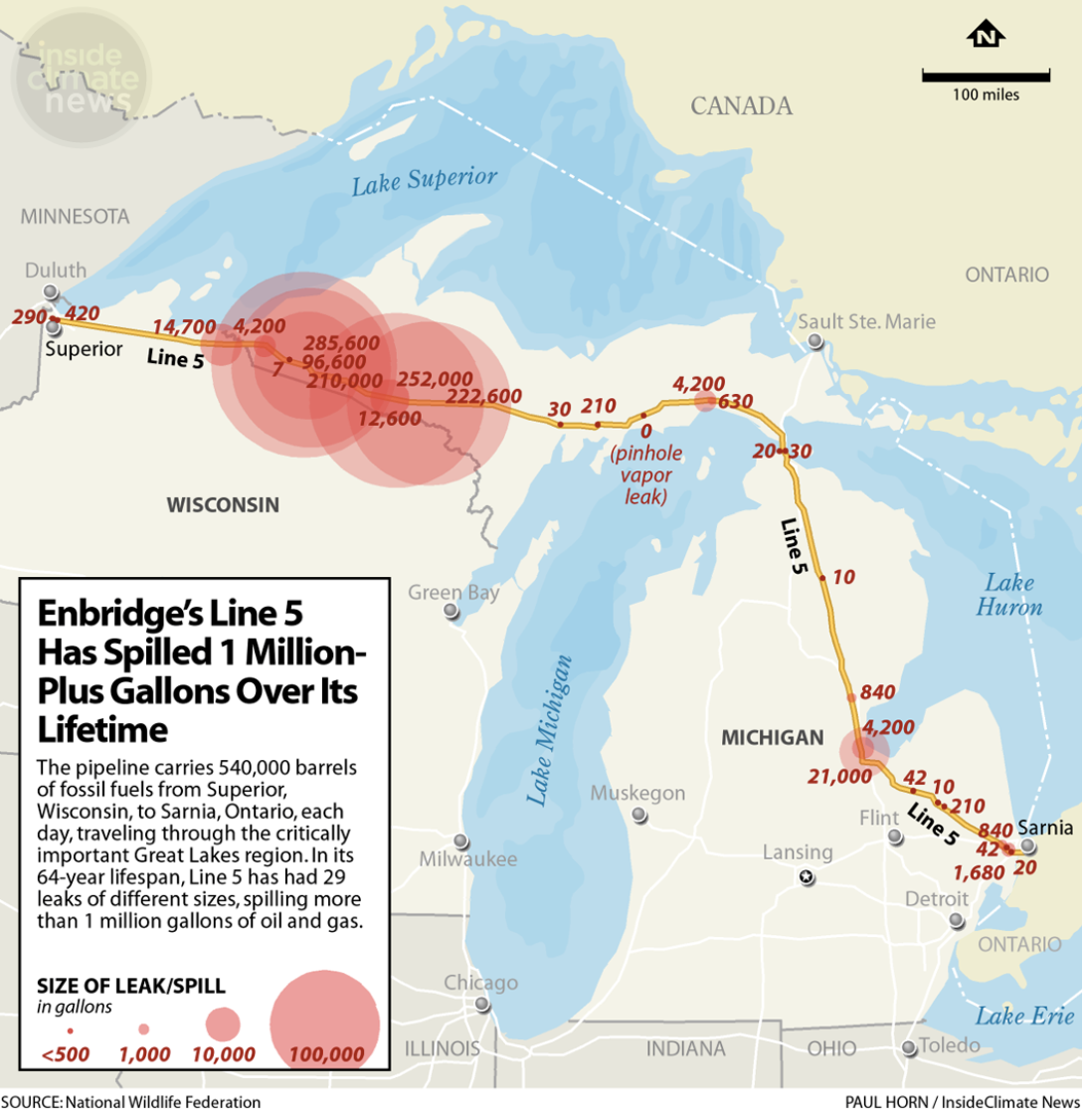 Enbridge’s Line 5 pipeline transports 22 million gallons of crude oil and natural gas liquids across 645 miles of countryside every, single day — from Superior, Wisconsin through Michigan’s Upper Peninsula, under the Straits of Mackinac, and down to refineries in Sarnia, Ontario. Originally built in 1953, this aging line — which has long outlived its anticipated lifespan — has significantly deteriorated over the course of the last several decades and poses catastrophic risks to the neighboring farmland, pristine natural areas, valuable freshwater sources (including 400 rivers, streams, and wetlands), and tribal lands that it cuts through.
Enbridge’s Line 5 pipeline transports 22 million gallons of crude oil and natural gas liquids across 645 miles of countryside every, single day — from Superior, Wisconsin through Michigan’s Upper Peninsula, under the Straits of Mackinac, and down to refineries in Sarnia, Ontario. Originally built in 1953, this aging line — which has long outlived its anticipated lifespan — has significantly deteriorated over the course of the last several decades and poses catastrophic risks to the neighboring farmland, pristine natural areas, valuable freshwater sources (including 400 rivers, streams, and wetlands), and tribal lands that it cuts through.
Alarmingly, Line 5 has a long history of unleashing environmental damage. In the last 50 years, the pipeline has had 29 spills, releasing a total of 1.1 million gallons of toxic oil into the environment. Researchers recently determined that most spills were not even discovered by Enbridge’s leak detection systems, which Enbridge uses to justify reckless pipeline routes. Additionally, parts of the pipeline have begun corroding and cracking, and other parts were recently found to violate Enbridge’s original easement due to improper bracing and a failure to provide adequate structural support. One portion has even lost an astonishing 26 percent of its original wall thickness, and another sustained a series of damaging dents from a ship’s anchor.
Thankfully, there haven’t been any spills in the most vulnerable locations — at least not yet. But experts argue that it’s only a matter of time — the company is playing with fire by allowing Line 5 to continue pumping oil through its antiquated infrastructure. Two parts of Line 5 are particularly concerning: a portion that traverses the Bad River Reservation in Wisconsin and another five-mile stretch that runs under the Straits of Mackinac through the Great Lakes.
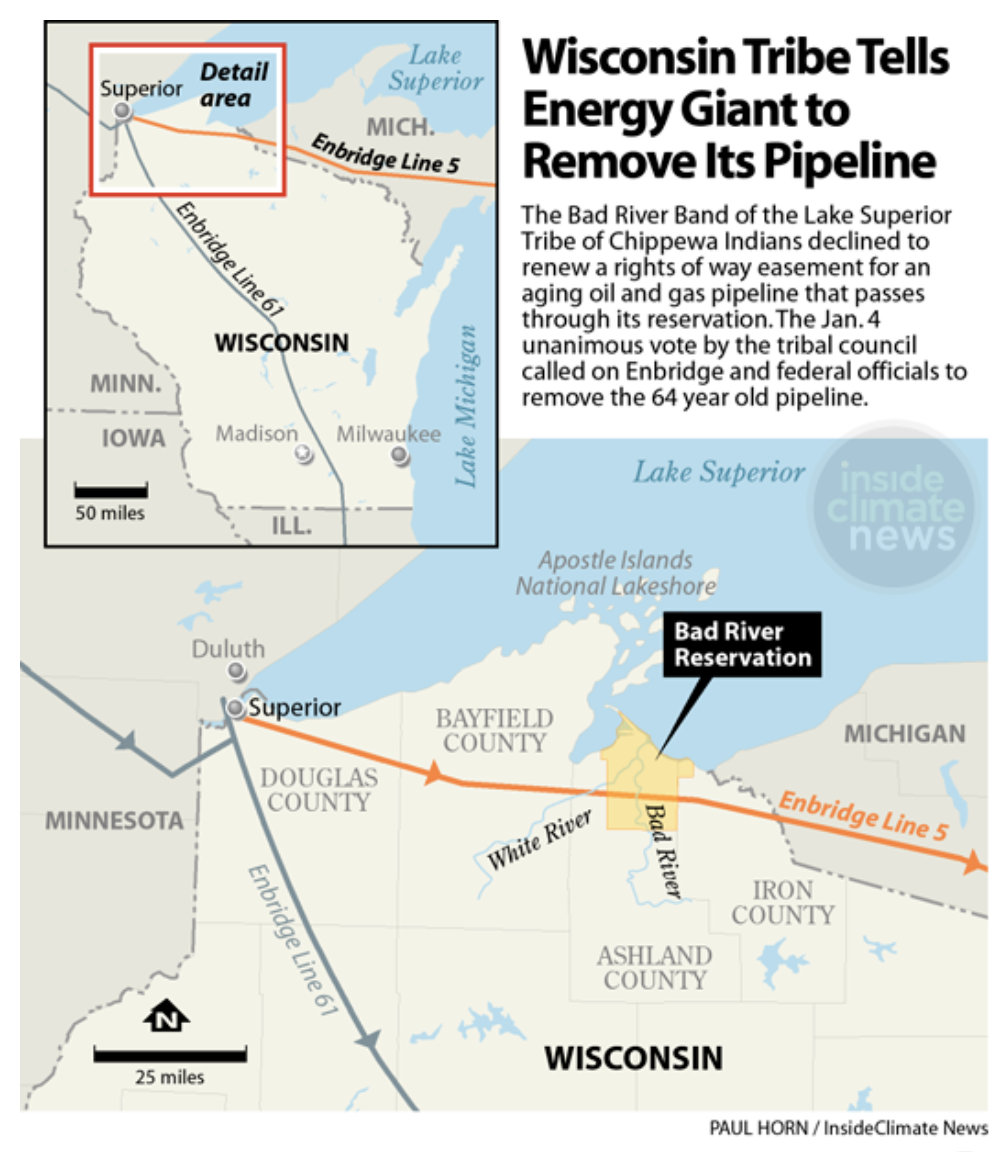 Bad River Reservation and Proposed Reroute
Bad River Reservation and Proposed Reroute
Nestled along the shores of Lake Superior in northwestern Wisconsin where the Bad and White Rivers meet, the Bad River Reservation consists of nearly 200 square miles of mostly wild and undeveloped land, including hundred-year-old forests and 16,000 acres of wetlands as well as more than a hundred miles of rivers and streams that act as spawning grounds for native fish like walleye and sturgeon. Other types of wildlife thrive in this region as well, including species of endangered birds, bears, and even some wolves.
This ecologically prosperous region has been the home of the Bad River Band of the Lake Superior Tribe of Chippewa Indians for thousands of years, and an 1854 treaty with the United States guarantees its members rights to the land. Today, about 1500 members still live on the reservation where they grow wild rice, practice subsistence hunting and fishing, and operate small businesses — and an additional 5500 members live elsewhere but are still entitled to use the land.
Unfortunately, 12 miles of Enbridge’s Line 5 pipeline slice right through the Bad River Band’s territory and threaten to disturb the delicate balance of the surrounding ecosystems. An oil spill here would be particularly devastating, as it could easily contaminate the web of interconnected waterways and estuaries that nourish the nearby community and sustain the region’s life — potentially damaging rice fields, destroying fish hatcheries, and poisoning members of the tribe. Oil could even make its way into Lake Superior and degrade miles of shoreline.
In recent years, the risks of a catastrophic oil spill have surged due to the age of the pipeline and the changing path of the Bad River. As erosion has taken its toll, the shoreline has receded significantly, which threatens to unearth portions of the buried pipeline and expose it to the flux of the current and the pounding of debris. In 1963, the river was 320 feet from the pipeline; today, it’s only 28 feet away. Each day, the pipeline becomes more susceptible to damage, thus making the surrounding environment and community more vulnerable to the calamity of an oil spill. To make matters worse, thanks to climate change and more intense storms, the rate of erosion could be accelerating — since 2015, the bank has been eroding by 13 feet per year, making pipeline exposure seemingly inevitable in only a few year's time. This constant threat of environmental disaster has generated fear and anxiety in many members of the Bad River Band.
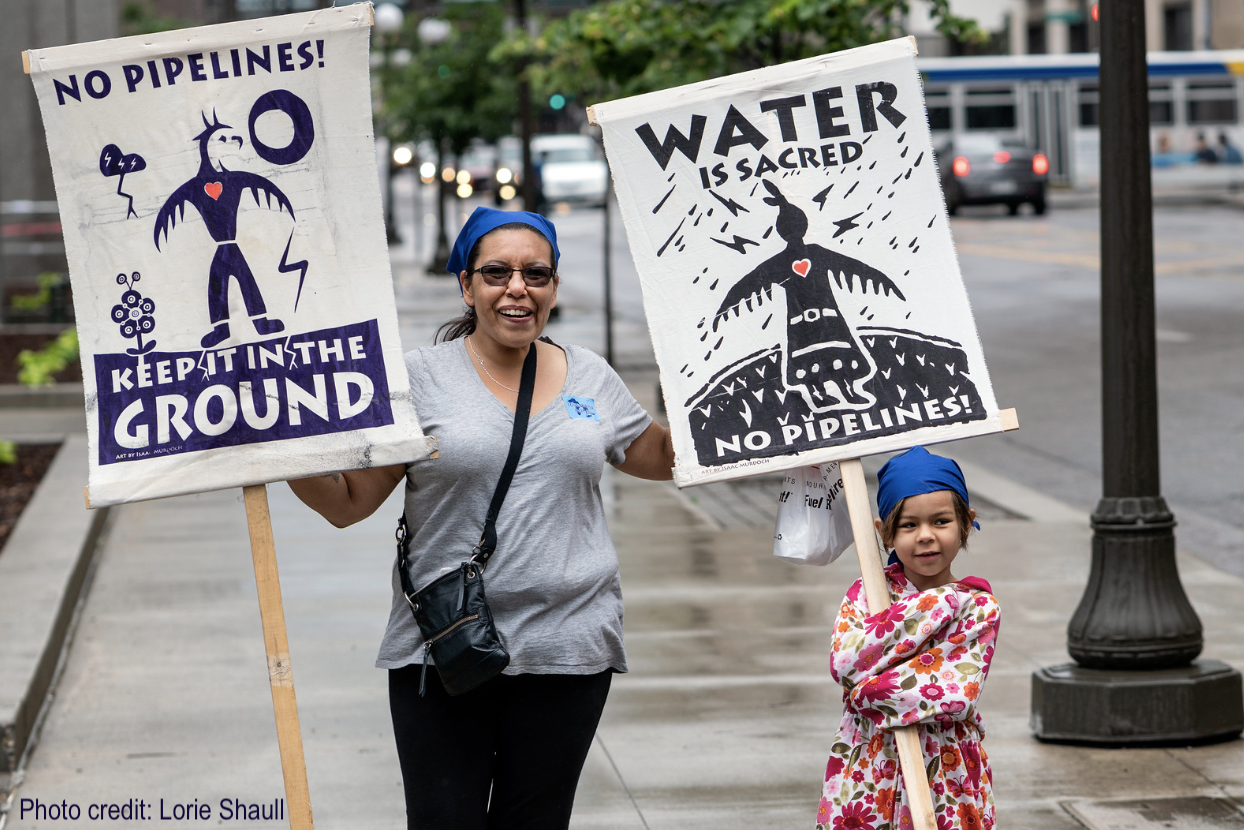 In response to these risks, the Bad River Band has sought ways to remove the pipeline from its lands for years. Finally, in 2013, several easements that allowed Enbridge to use tribal territory expired, allowing the Bad River Band to expel Enbridge from its reservation. After negotiations failed to resolve matters, the band passed a resolution rejecting the renewal of Enbridge’s easements, declaring that the pipeline must be removed not only from its territory but from the entire watershed as well.
In response to these risks, the Bad River Band has sought ways to remove the pipeline from its lands for years. Finally, in 2013, several easements that allowed Enbridge to use tribal territory expired, allowing the Bad River Band to expel Enbridge from its reservation. After negotiations failed to resolve matters, the band passed a resolution rejecting the renewal of Enbridge’s easements, declaring that the pipeline must be removed not only from its territory but from the entire watershed as well.
Enbridge, however, refused to adhere to the resolution, so the Bad River Band was forced to take legal action, filing a federal lawsuit seeking removal of the pipeline and claiming Enbridge to be trespassing on its lands. Enbridge seemingly acquiesced to the tribe’s demands because they know they will likely lose the court battle and be forced to look at other options. Still, members of the band are skeptical of Enbridge’s intentions — especially given its history of dishonesty and disastrous environmental track record.
Enbridge is now proposing to relocate 41 miles of it's existing pipeline with a new segment going through Ashland, Bayfield, and Iron Counties in Wisconsin. This proposed segment edges the Bad River Reservation, and any spill would still contaminate the area’s watershed and pose a risk to the reservation’s waters. The reroute also doesn’t change the fact that Line 5 puts the region’s wildlife, wetlands, and people at risk.
Two iconic, beloved resources put at risk by the Line 5 reroute are the Kakagon Sloughs and Copper Falls State Park. The Kakagon Sloughs are critical to maintaining genetic diversity of wild rice in Lake Superior by being the only extensive coastal wild rice bed in the Great Lakes Region, and it was named one of Wisconsin's 100 wetland gems by RAMSAR. The pipeline crosses just upstream of Copper Falls State Park and Brownstone Falls, where any spill would see the toxic oil launched downstream faster than anyone could organize a response.
There are many permits, approvals, and reviews that are required before the Line 5 reroute can be approved.The Department of Natural Resources (DNR) held a hearing and public comment period regarding wetland and water permits and Environmental Impact Statement (EIS) scoping (determining the scope of their environmental review), which took place in July 2020. Activists exceeded the DNR’s Zoom limit of 300 people and some had to settle for watching the live feed. In total, more than 500 people were watching, and 92.4% of those who testified at the hearing called for the DNR to deny Enbridge the permits and shut down Line 5. The DNR also received over 2,100 written comments on the permits and EIS scoping. The DNR will hold another public hearing and comment period when the EIS is drafted, and their decisions on required permits will be issued once the final EIS is published.
The Ashland County Board also passed two resolutions in opposition to the Line 5 reroute. They voted 16 - 4 to oppose the water permit and 19 - 1 to oppose granting Enbridge eminent domain authority. The matter is far from resolved, but it is clear that the people want the DNR to reject the wetlands and water permits and shut down Line 5. It’s important that we continue to support the Bad River Band and its fight to protect its environment from the harms of an oil disaster while also calling on the DNR to reject the proposed reroute.
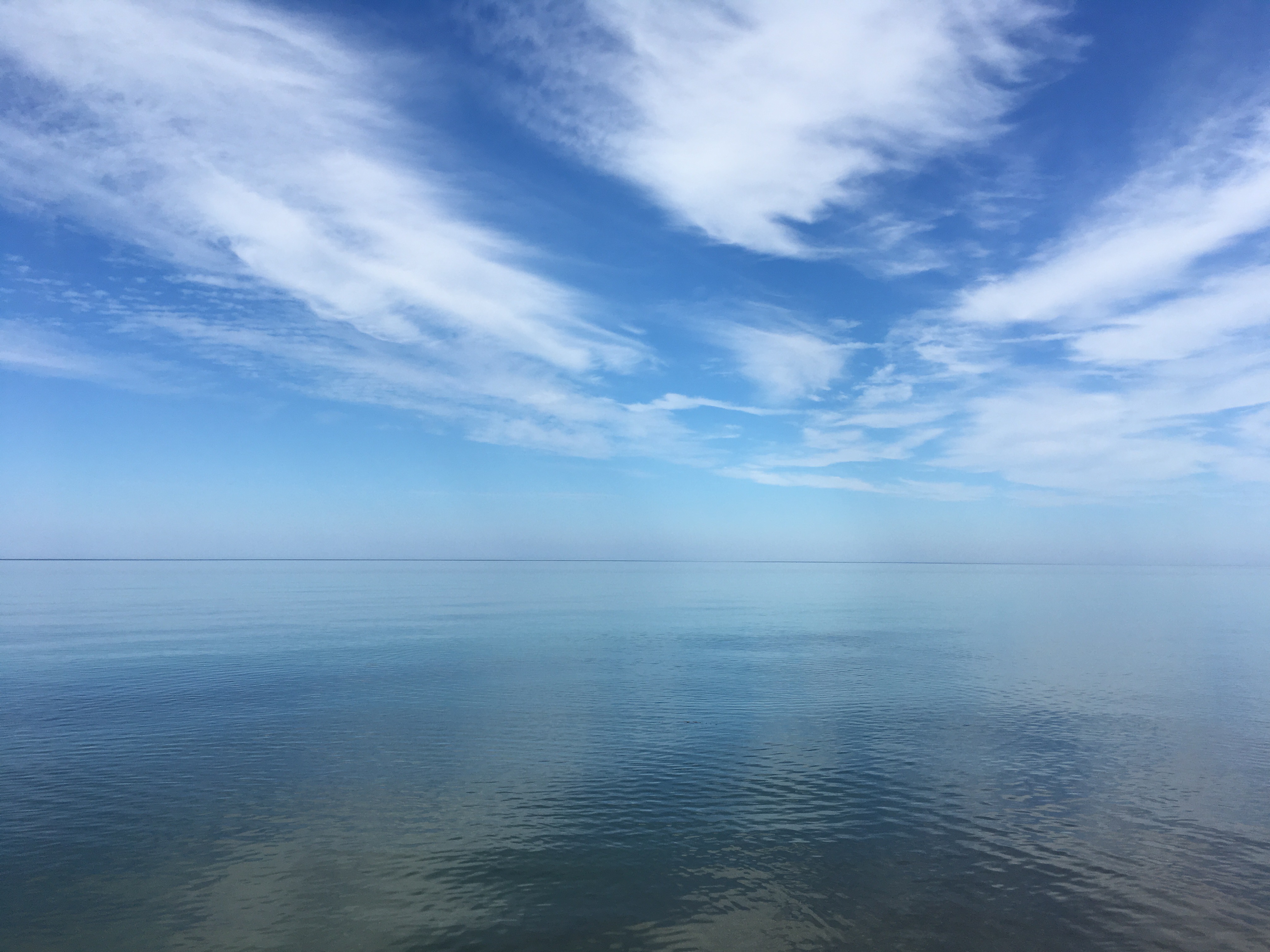 Straits of Mackinac
Straits of Mackinac
The Straits of Mackinac are a series of waterways linking Lake Michigan to Lake Huron. Not only do these lakes supply drinking water to millions of inhabitants and support the region’s recreation and fishing sectors, but they also provide habitats for numerous species of plants and animals. As Line 5 crosses these waters, it splits into two pipelines that run along the bottom of the straits, completely uncovered and liable to leak into the surrounding water.
A spill here would be catastrophic. According to University of Michigan hydrologist Dave Schwab, the Straits of Mackinac would be “the worst possible place for an oil spill in the Great Lakes.” Compared to other nearby regions, the complex currents here are particularly strong and shift directions frequently — meaning oil would disperse rapidly and spread across great distances. In fact, a single spill could contaminate up to 150 miles of shoreline and harm 47 species of concern and nearly 100 square miles of unique habitats. Huge portions of both lakes could be affected, although due to prevailing currents, Lake Huron would likely face the brunt of the damage — more than 60 percent of its open water remains vulnerable to the impacts of a spill.
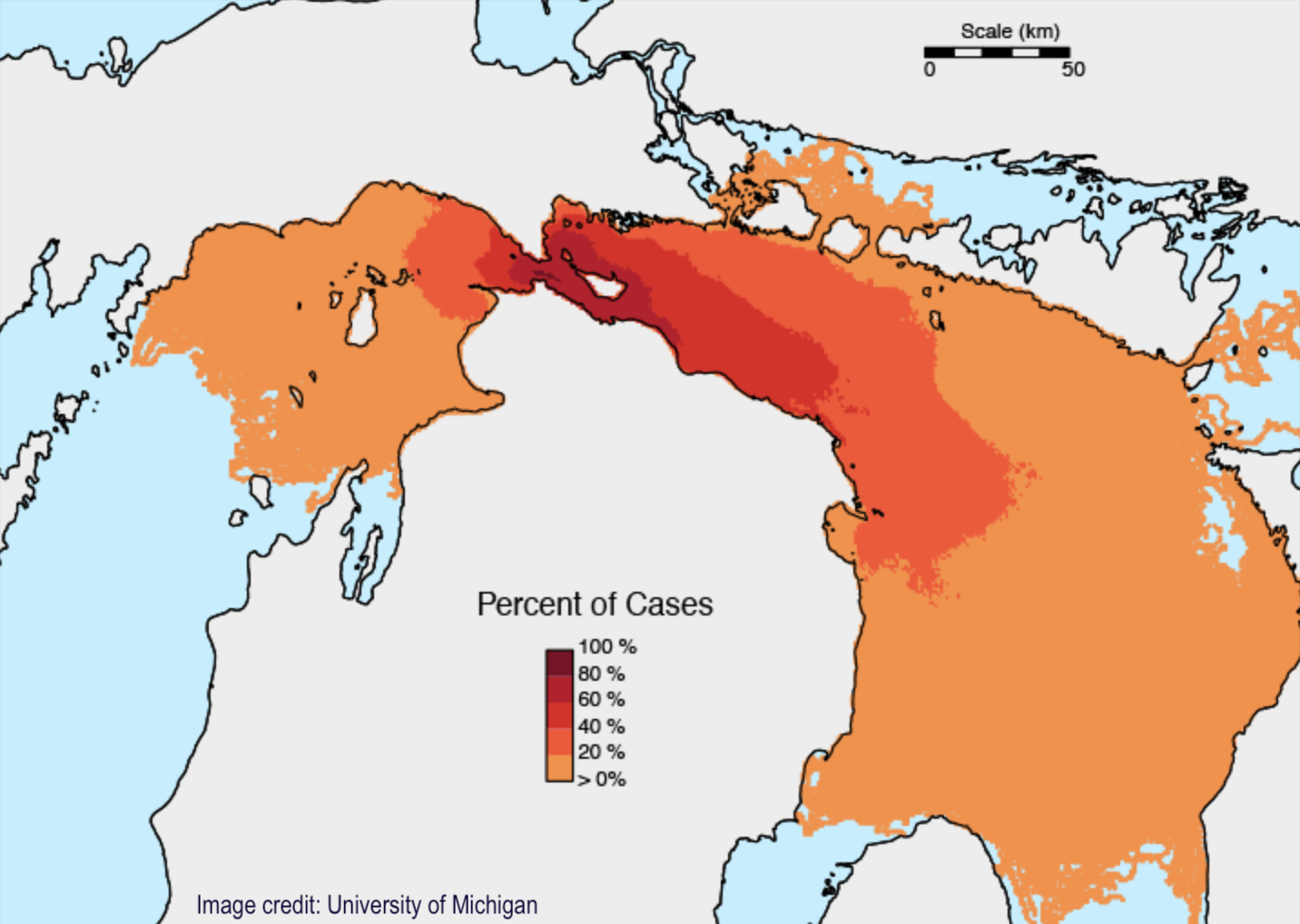 Cleanup would also be extraordinarily difficult — experts predict only 30 percent of the oil could be recovered. And if a spill occurred in the winter, ice would obstruct containment efforts and render effective cleanup nearly impossible. Accounting for its wide-ranging ramifications, a spill on the straits would inflict anywhere from $2 billion to $6 billion in damages.
Cleanup would also be extraordinarily difficult — experts predict only 30 percent of the oil could be recovered. And if a spill occurred in the winter, ice would obstruct containment efforts and render effective cleanup nearly impossible. Accounting for its wide-ranging ramifications, a spill on the straits would inflict anywhere from $2 billion to $6 billion in damages.
Alarmed by the hazards Line 5 poses to the entire Great Lakes region, nonprofit organizations, grassroots groups, and tribes began protesting and pressuring political leaders to address their concerns. It got to the point where Enbridge couldn’t ignore them, so it teamed up with then-Governor Rick Snyder of Michigan and fellow Republicans to concoct a scheme to build a tunnel under the straits to house a new pipeline. In a legally-dubious maneuver, they rammed the plan through a lame-duck legislative session, violating rules and provoking uproar and outrage from residents and environmental groups.
Thankfully, following a landslide election, environmentally-friendly politicians took control of several statewide offices in Michigan and then quickly attacked the proposed tunnel plan with a lawsuit from the new Attorney General Dana Nessel who argued that it violated the state constitution. It is set to be brought in front of the Michigan Supreme Court. Current Governor Gretchen Whitmer went further — telling Enbridge during negotiations that she needed the existing Line 5 pipeline decommissioned within two years because it posed a tremendous risk to the Great Lakes. Enbridge refused, ended negotiations, and then sued in retaliation — prompting Nessel to file a countersuit and to initiate legal moves to close the pipeline. Despite facing this staunch opposition, Enbridge has started the application and permit processes necessary to complete the tunnel project. They’ve also been spreading misinformation about the consequences of closing Line 5, alleging it would lead to dire propane shortages and astronomical price increases — both of which are false. Propane can be transported by rail or truck, and shutting down Line 5 would only increase prices by 5 to 11 cents a gallon. Besides, only 3 to 5 percent of Line 5’s contents remain in the state.
Later on, Governor Whitmer took a huge step in the battle against Line 5 by announcing the termination of Enbridge’s easement to operate Line 5 in the Straits of Mackinac and requiring them to decommission Line 5 by May 2021. Governor Whitmer said that Enbridge had repeatedly violated the terms of the easement and called Line 5 an “unacceptable risk. ” This comes as no surprise as Line 5 proved its vulnerability after being damaged on two different occasions by anchors from passing ships within two years, and Enbridge was fined $6.7 million by the federal government for failing to evaluate damage to their pipelines. This announcement by Governor Whitmer was accompanied by a lawsuit to make this action legally official.
Unfortunately, revoking the Line 5 easement does not prevent Enbridge from pursuing their tunnel project. The proposed tunnel would go underneath the bedrock of the Straits of Mackinac and replace the current Line 5 that lies on the waterway’s floor. This tunnel is far from being approved as Enbridge faces lawsuits that threaten the project, and Enbridge needs permit approval from the Michigan Department of Environment, Great Lakes, and Energy; the Michigan Public Service Commission; the Mackinac Straits Corridor Authority; and the US Army Corps of Engineers.
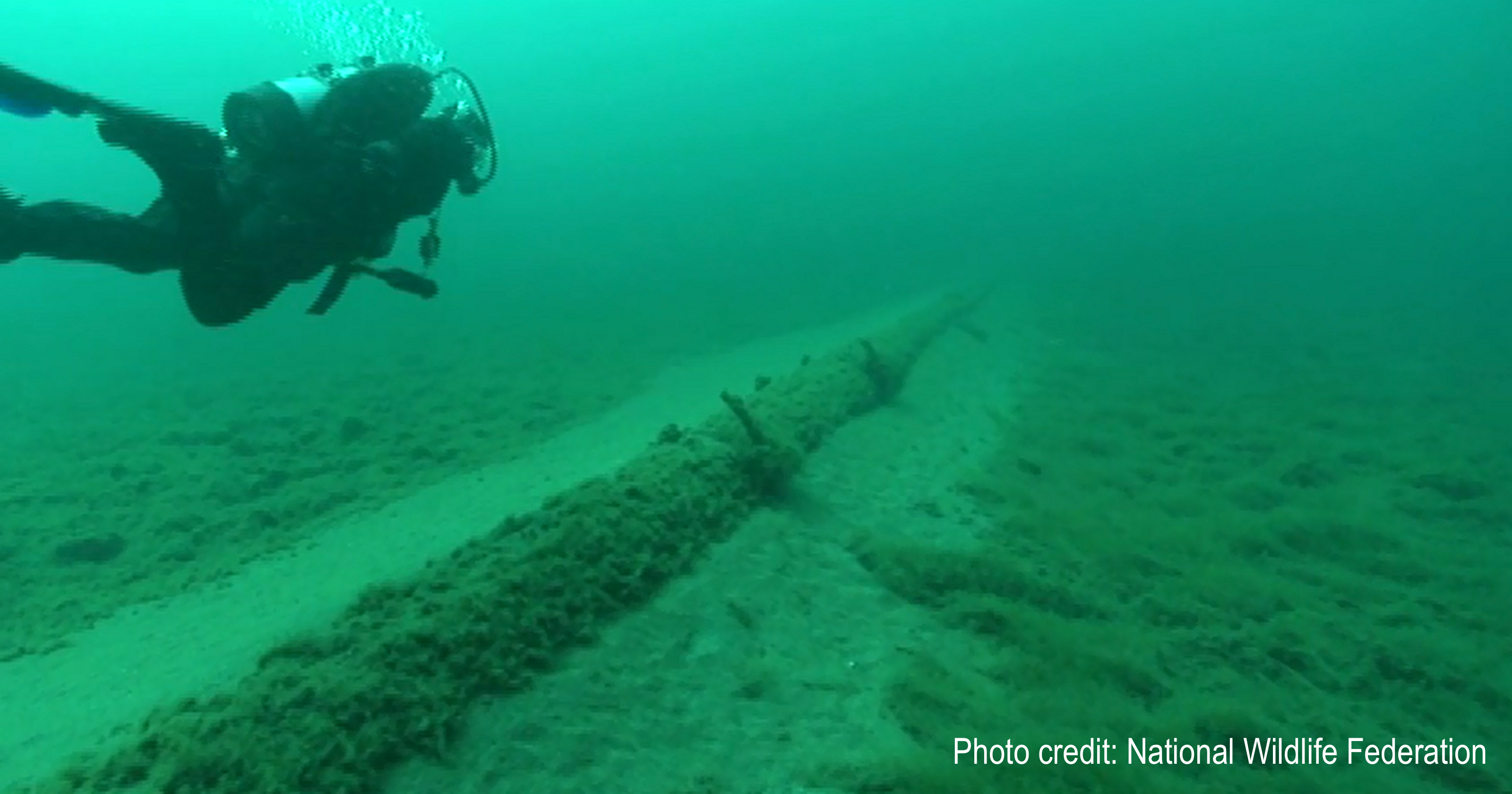
Line 5 needs to be decommissioned as soon as possible, as it threatens the health, environment, and economy of the entire region. Additionally, plans to build a new pipeline in a tunnel under the straits must be stopped, as the tunnel plan would leave the straits vulnerable to a pipeline rupture during the 10 years it would take to complete the tunnel's construction and would leave more than 640 miles of the deteriorating pipeline untouched and still hazardous to surrounding communities, waterways, and wildlife. It would also perpetuate our reliance on dirty fossil fuels when climate scientists have made it clear that we urgently need to leave them in the ground.
We have no time to wait — we need to put people over pipelines and shut down Line 5 ASAP! Line 5 crosses state boundaries and impacts our whole region. Want to learn more about the Line 5 fight in Michigan? Check out Sierra Club Michigan’s Pipelines page or look for updates from our partner, Oil & Water Don’t Mix.